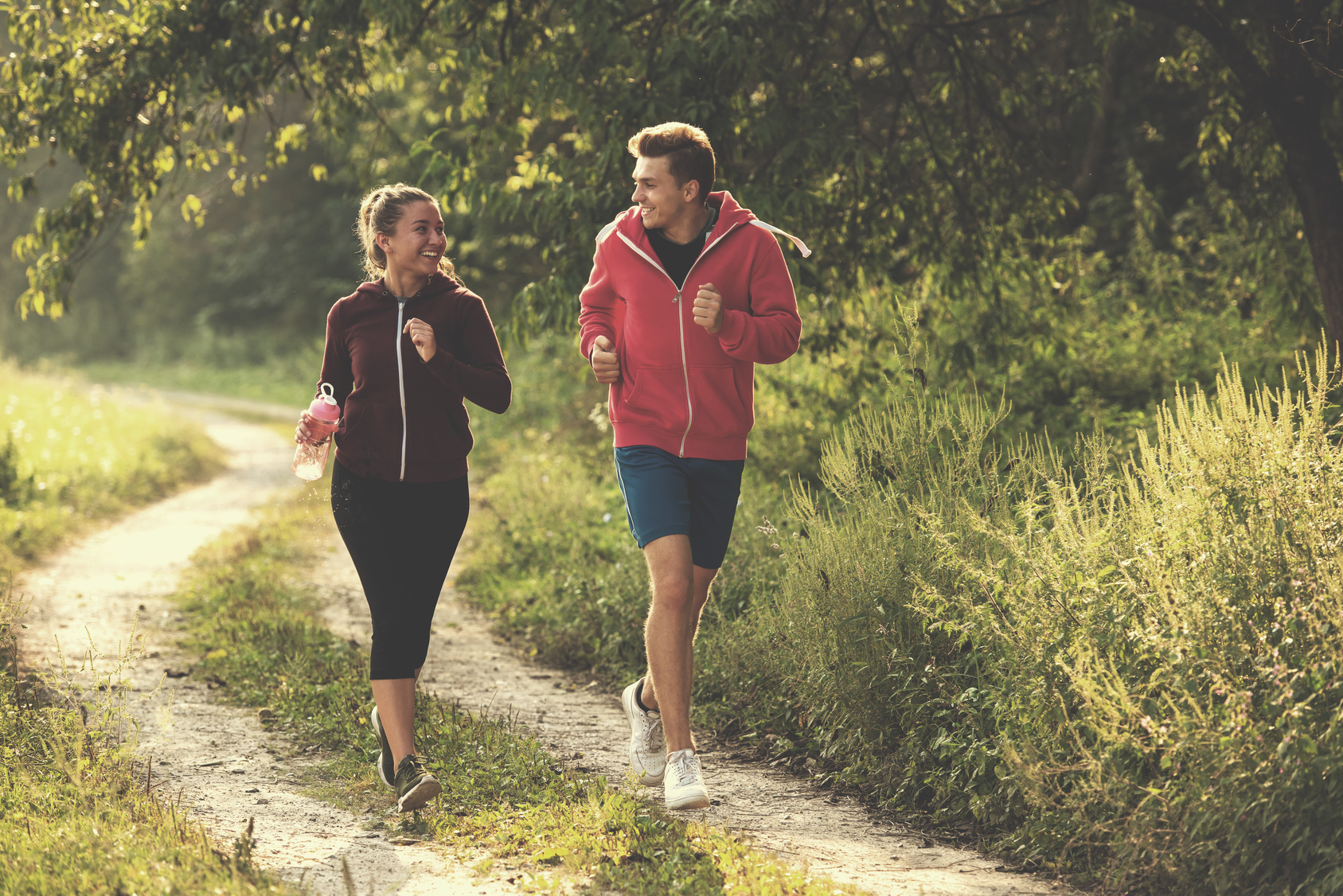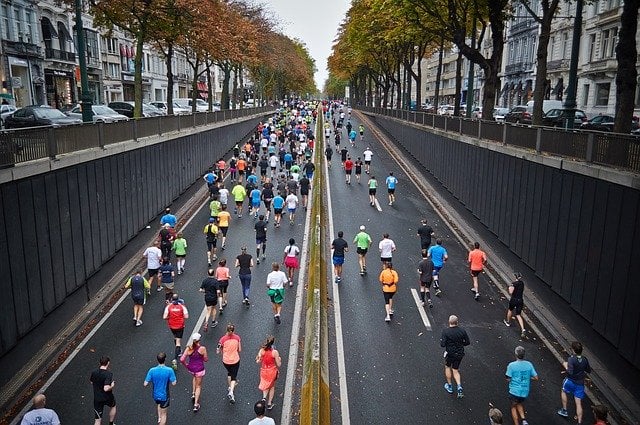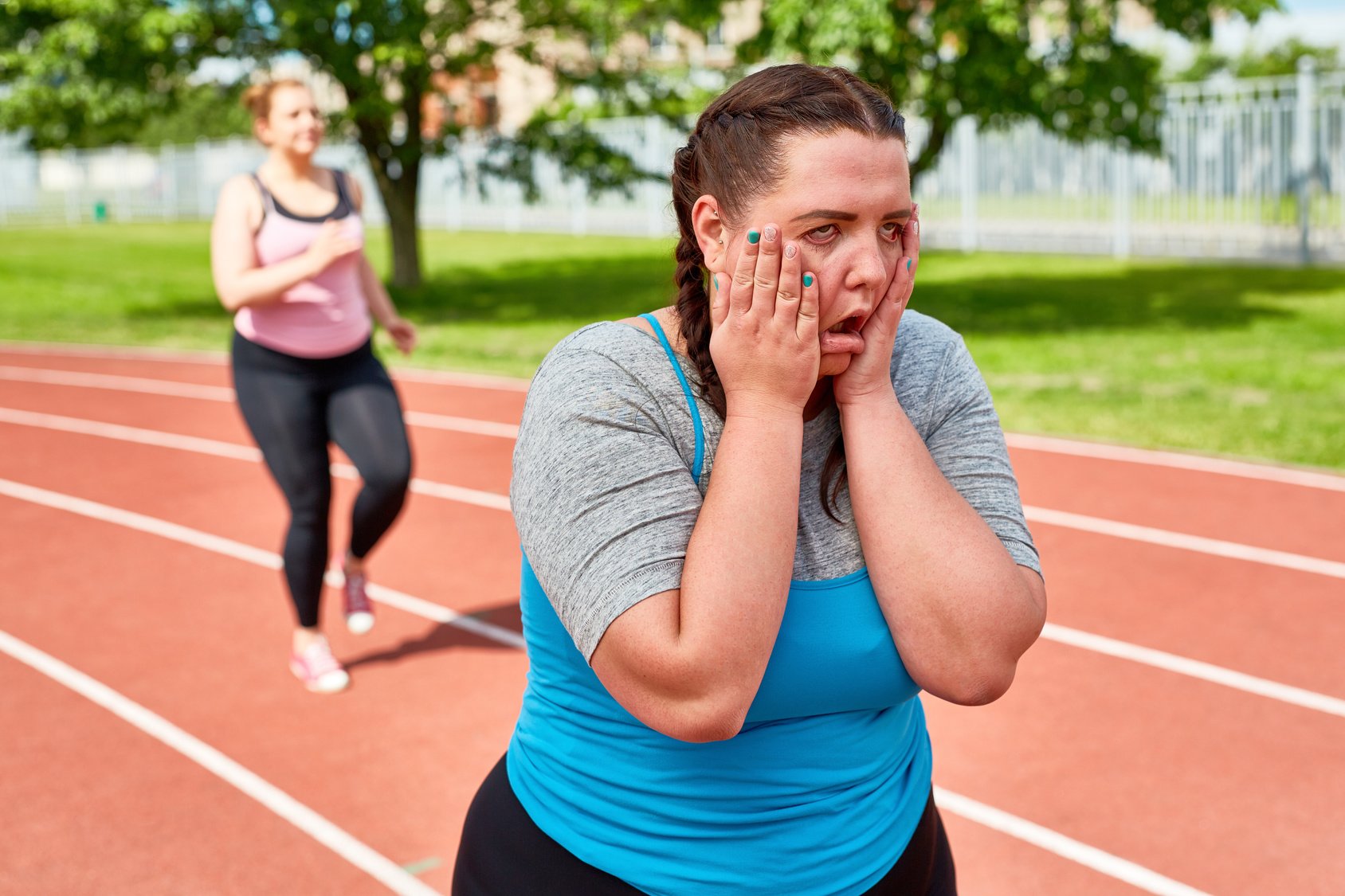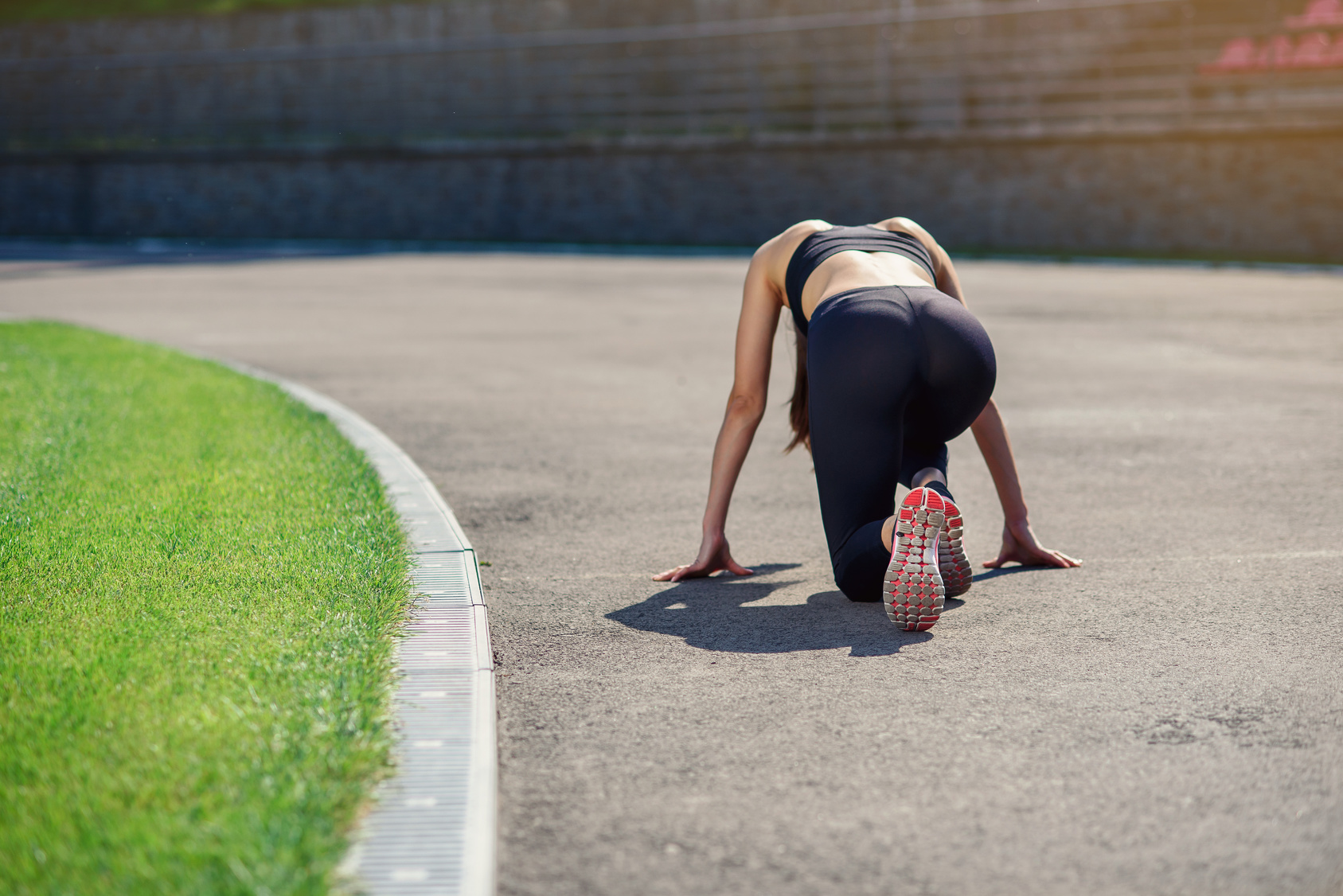Athletic therapy is a medical sphere that focuses on musculoskeletal disorders. Healthcare specialists don’t only treat existing damages. They also prevent them and assess how muscle, bone, or joint disorders got affected by the trauma.
Athletic therapists work with people who do a lot of physical exercises. These are not sports professionals but also those who pursue physical activity.
People often think that athletic therapists are doctors who support professionals during competitions. You can usually find them near the courts, football fields, or on the ice. However, many industries require these specialists too.
For example, athletic therapists work in fitness and sports centers and insurance companies. Their presence is necessary during various university and college competitions. Besides, athletic therapists help people in clinics and hospitals.
This profession has become extremely crucial since people do more sports all over the world. Today, athletic therapist jobs are well-paid and highly appreciated. Specialists in this sphere are regularly in contact with innovations and have access to state-of-the-art biotechnologies. However, becoming a therapist requires many years of preparation. Getting a job in this profession is also a complicated task.
Tasks of an athletic therapist
A certified athletic therapist is a specialist with an emphasis on the musculoskeletal system and biomechanics. They know how to prevent injuries and use this knowledge while working on special shoes or other things for sports professionals. Besides, athletic therapists deal with rehabilitation and clinical care. They elaborate on various programs that help people recover sooner and get back to their previous lives. On top, athletic therapists also often get involved in emergency care.
They assist people who got massive and complicated injuries during sports competitions. As a result, patients’ health depends on the first aid and professionalism of the therapists a lot. If they provide high-qualified aid, the rehabilitation process will be much easier and more effective.
As we see, the list of tasks is quite long. However, we could cut it down to the following duties: firstly, athletic therapists do the injury assessment; secondly, they have to manage severe traumatic dysfunctions.
Recognizing and taking action to prevent complications is the next crucial step. Athletic therapists provide first aid too. Also, they are in charge of picking up the right healthcare delivery systems for the patients.
Ultimately, these professionals also apply various strategies and techniques to foster a safe recovery that ensures full-fledged life. Returning to daily routine and an opportunity to live a normal life without restrictions may be a challenging task. However, with the right treatment and professional care, the chances are increasing.
How are Athletic Therapists not?
Before figuring out how to become an athletic therapist, let us start with distinguishing who these professionals are not. For instance, they are not physiotherapists, personal or team trainers.
Although physiotherapists and athletic therapists have much in common, they focus on slightly different things. Apart from musculoskeletal disorders, specialists from the first category also deal with cardiovascular and neurological problems. As a result, their scope of work is larger.
Trainers and coaches have to know the basics of athletic therapy. Otherwise, they won’t be able to help the people they are working with in case of emergency. However, therapists know way more about the subtleties of human biomechanics and provide high-qualified support. Like trainers, athletic therapists also prescribe individual training programs for patients.
They also work on various manual therapies and therapeutic modalities to provide people with effective techniques that bring them back to normal life. However, the main difference between the missions of therapists and trainers is that the first category helps people get their previous abilities while the second category cares about improving their physical state.
As we see, there are several areas close to athletic therapy. They have much in common, yet can’t be interchangeable. If you think of starting a professional path in one of the spheres mentioned above, keep in mind opportunities for your career growth. For instance, if you feel you’re not satisfied with your job as a personal trainer, you can try to start studying as an athlete therapist and then pursue a career as a physiotherapist.
How to become an Athletic Therapist?
To become an athletic therapist, you need a certification. For example, in Canada, the Canadian Athletic Therapists Association (CATA) issues such documents. To get them, one should successfully complete a bachelor’s degree. Additionally, candidates should accomplish an Athletic Therapy program at a CATA-accredited school.
Keep in mind that even having finished the program, you don’t automatically become a certified specialist. Before studying the chosen educational program, potential students have to check various resources for education and assess employment opportunities.
Although there is nowadays no strictly regulating legislation in the sphere, athletic therapists need to have several certifications that confirm their level of professionalism and experience. In Canada, specialists have to get certified by the Canadian Athletic Therapists Association (CATA) and become a member of the Alberta Athletic Therapists Association (AATA).
Applying candidates should have a completed bachelor’s degree and possess a valid Standard First Aid and Basic Life Support (BLS). Alternatively, they can have a CATA-approved equivalent. Also, candidates must have a valid First Responders certificate or CATA-approved equivalent. Successful completion of the Athletic Therapy program at an educational school accredited by CATA is another must-have on the list. Ultimately, the candidate should accomplish the National Certification Examination within 2 years from the date when they graduated from the accredited institution.
As we see, the educational and career path of athletic therapists is quite long and demanding. However, you will have a well-paying and fulfilling career with many professional options and an opportunity to make the lives of people better.
Sports and other physical activities have become an indispensable part of our routine. Therefore, specialists who help us prevent injuries, assess their damage to our bodies, and help successfully overcome physical challenges will always be much needed.
Besides, this sphere is one of the most innovative and fast-developing. Thus, as a specialist, you have a high chance to combine medical knowledge with engineering and cutting-edge technologies.









